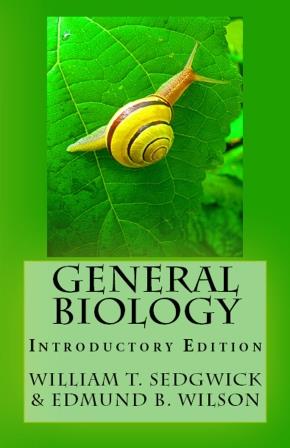More Search Results...
William Thompson Sedgwick (1855–1921) was a teacher, epidemiologist, bacteriologist, and a key figure in shaping public health in the United States. He was president of many scientific and professional organizations during his lifetime including president of the American Public Health Association in 1915. He was one of three founders of the joint MIT-Harvard School of Public Health in 1913. In 1883, Sedgwick was appointed to the faculty at MIT. He was promoted to associate professor in 1884 and to full professor in 1891. He became head of what ultimately became known as the Department of Biology at MIT. In 1888, Sedgwick began giving lectures in bacteriology to students in the civil engineering curriculum. His students became the spokesmen and practitioners who brought the principles of public health into the practice of engineering beginning in the 1890s and lasting well into the 20th century. While he has been hailed as the first scientific American epidemiologist, Sedgwick was also described as not having a mathematical mind. He taught ideas and principles to his students.
He instilled in his students the need to develop three basic behaviors: a vision of the subject in relation to the broader world, an honest method of working to seek the truth and an enthusiasm for service to the profession the public. In 1902, he published the groundbreaking book, Principles of Sanitary Science and the Public Health, which was a compilation of his lectures from the courses he taught at MIT and a distillation of his experience working in the field. Sedgwick influenced many practitioners in the field of public health. He played a key role in Samuel Cate Prescott’s choice to go into bacteriology as a career, and was instrumental in Prescott’s selection in the canning research with William Lyman Underwood in 1895–6 that would lead to the growth of food technology.
A Short History of Science
The present book, while in part a revision of Sedgwick and Tyler's Short History of Science, is to a great extent new. Like the earlier work, it is the outgrowth of a course of lectures given for a number of years to undergraduates at the Massachusetts Institute of Technology. Doctor Sedgwick having died some years after the publication of the first edition, the surviving author undertook the preparation of a revised edition and invited R. P. Bigelow, who had taken part in the lecture course, to share the editorial responsibility in cooperation with colleagues verse in other fields.
More info →General Biology
The powers of living matter are still more characteristic. It is continually wasting away by a kind of internal combustion, but continually repairs the waste by the processes of growth.
Moreover, this growth is of a characteristic kind, differing absolutely from the so-called growth of lifeless things. Crystals and other lifeless bodies grow, if at all, by accretion, or the addition of new particles to the outside. Living matter grows from within by intus-susception, or taking in new particles, and fitting them into the interstices between those already present, throughout the whole mass. And, lastly, living matter not only thus repairs its own waste, but also gives rise by reproduction to new masses of living matter which become detached from the parent mass and enter forthwith upon an independent existence.
More info →





























